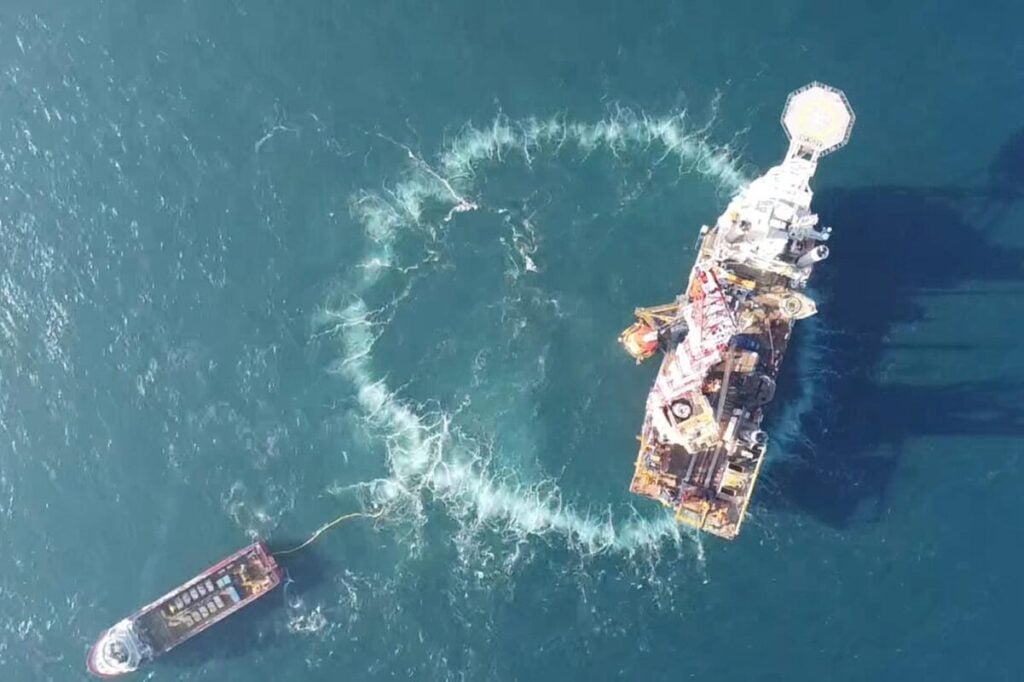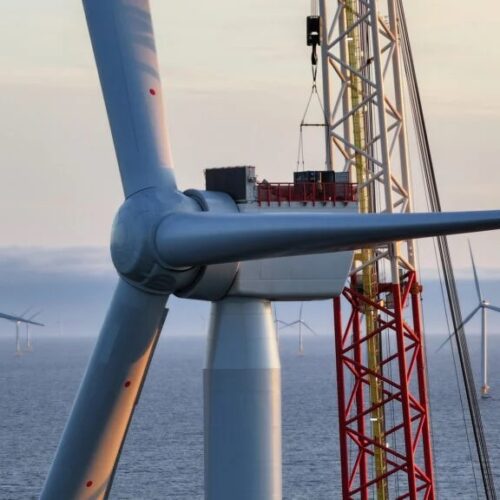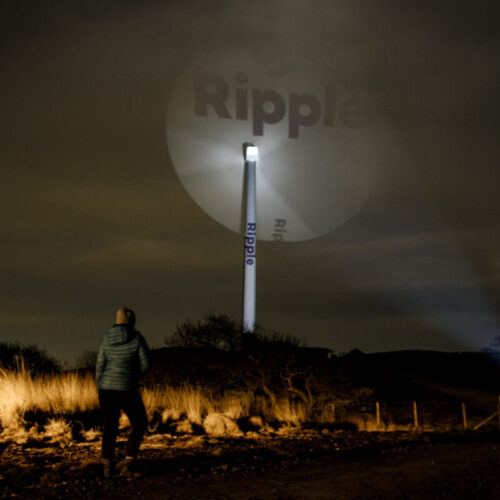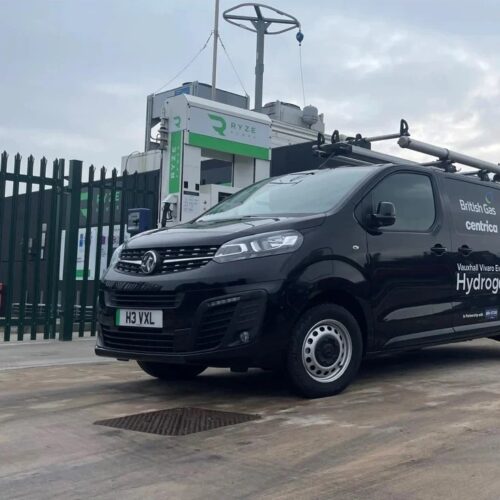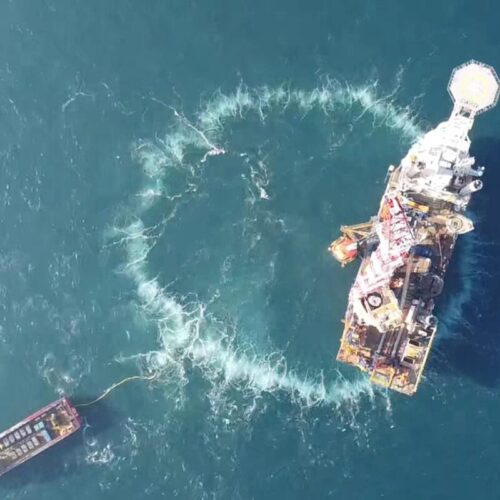Two wind stories from the UK this week, as renewable energy developer RWE has successfully deployed ‘bubble curtain’ technology and the Planning and Environment Decisions Wales (PEDW) has validated a proposal from RES to build a new wind farm.
RWE deploys bubble curtain at offshore wind farm
RWE has deployed a new technology at its Sofia Offshore Wind Farm to protect marine life from noise from offshore wind farm construction.
This marks the first time that the innovative “bubble curtain” noise abatement technology has been used for a UK project. The bubble curtain works by carting a barrier of rising bubbles underwater around the installation sites for an offshore wind turbine, which dampens sound waves from construction activities.
By dampening sound waves, the technology reduces the impact of offshore wind farm construction on dolphins, porpoises, whales and other marine animals that rely on ultrasound for orientation.
The system, which was developed in conjunction with Hydrotechnik Offshore, is comprised of a perforated hose placed on the seabed in a 180m wide ring around the turbine installation site, through which compressed air is pumped to form a bubble barrier which breaks up sound waves from construction activities.
The use of the technology is necessitated by the location of the Sofia Offshore Wind Farm, which sits 195km off the English coast, within the Southern North Sea Special Area of Conservation. In this area, noise disturbances are strictly monitored to prevent harm or stress to harbour porpoises.
Matthew Swanwick, RWE Sofia project director, said that the use of the technology was down to the company’s commitment to environmental responsibility. He added that the project is an example that proves “offshore wind energy can be developed sustainably, with minimal impact on marine life”, even within a Special Area of Conservation.
RES: Welsh wind approval would add £26 million to UK economy
In other wind news, a planning application by renewable energy developer RES for a new onshore wind project in Wales has been validated by Planning and Environment Decisions Wales (PEDW), the Welsh planning authority.
The 13-turbine Mynydd Maen Wind Farm, located approximately 1km west of Cwmbran and 2km east of Newbridge in south Wales, will have a total installed capacity of approximately 55MW if approved. The project sits within a ‘Pre-Assessed Area for Wind Energy’ as identified in the Future Wales: The National Plan 2040, which sets out Wales’ clean energy ambitions between 2020 and 2040.
RES states that the project will provide a significant boost to both local and national economies if planning permission is granted for the development. The developer notes that the construction of the Mynydd Maen Wind Farm alone would inject around £26.3 million into the Welsh economy, with around £3.6 million of economic benefit targeting the local community directly.
The company also notes that the project will deliver more than £37 million in business rates to Caerphilly and Torfaen County Borough Councils over its 35-year operational lifespan.
The Welsh government has set targets for Wales to meet the equivalent of 100% of its annual electricity demand from renewable sources by 2035, before reaching net zero in 2050.
Graeme Kerr, project manager for RES, was keen to emphasise the benefits of the project, noting that the company has spent years proactively engaging with the local community “to really understand people’s views on our proposal”. He adds that the project could also deliver a significant biodiversity net gain through measures such as pond creation and the improvement of wet heath areas, which will take place under the submitted plans.
